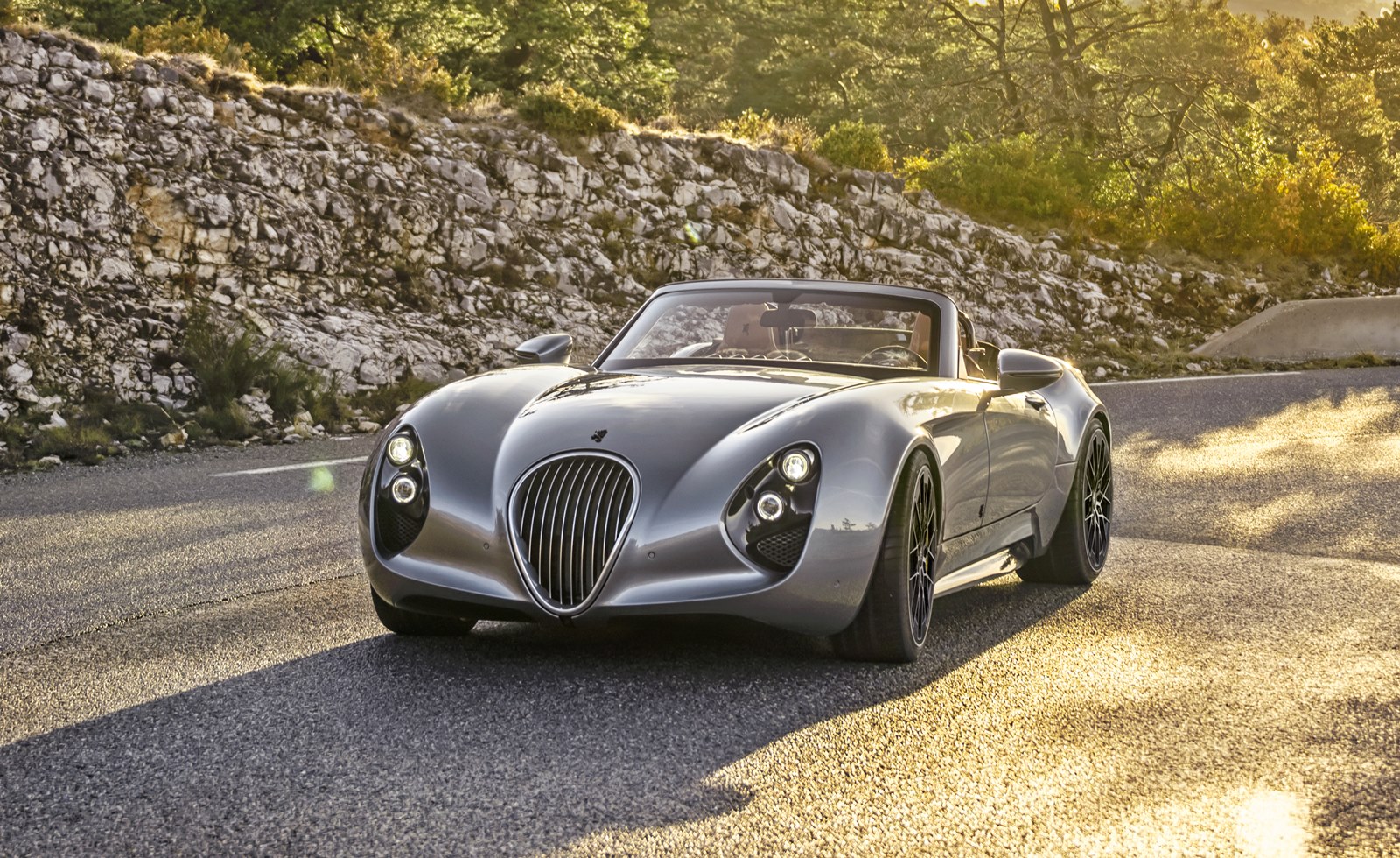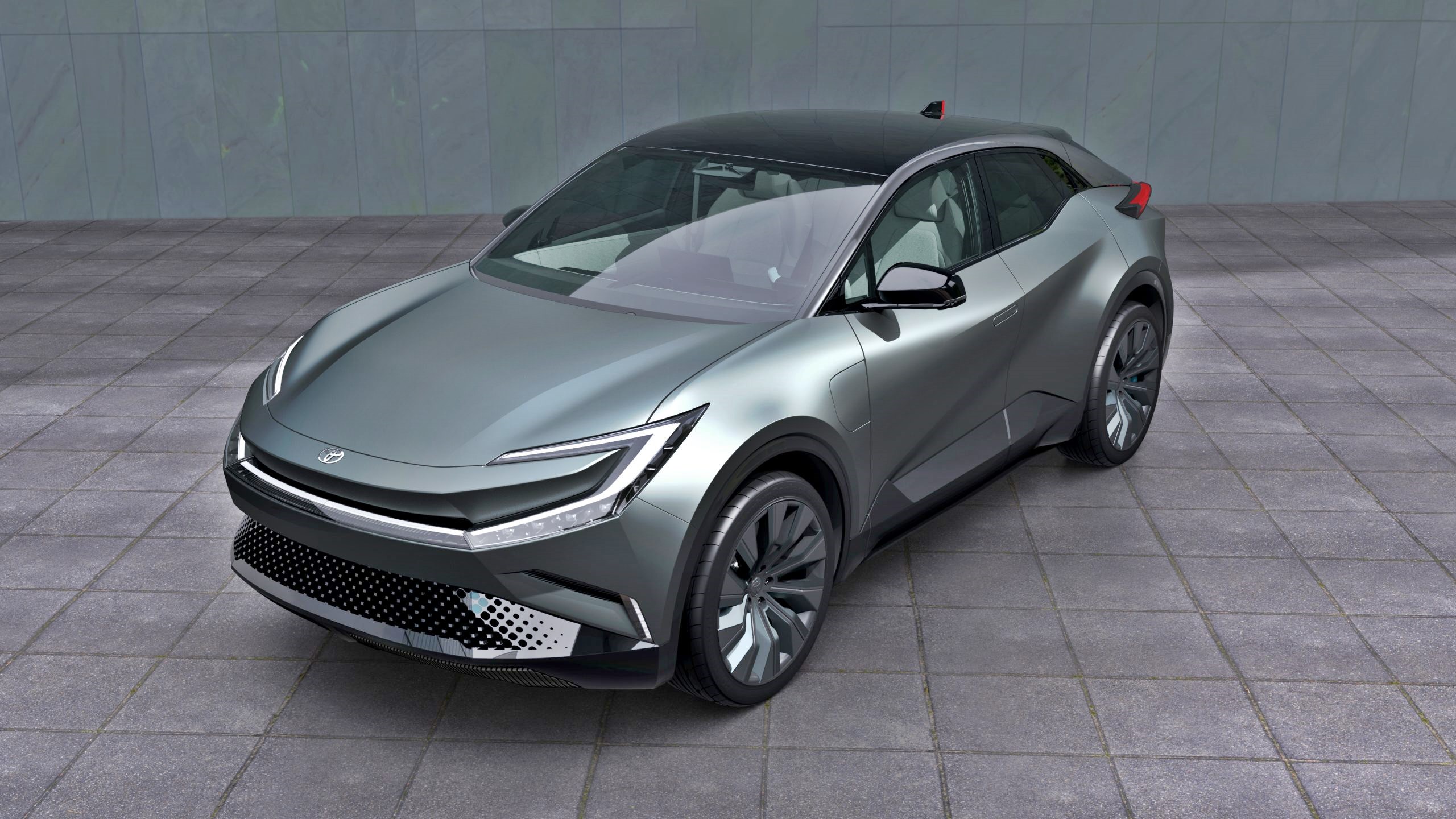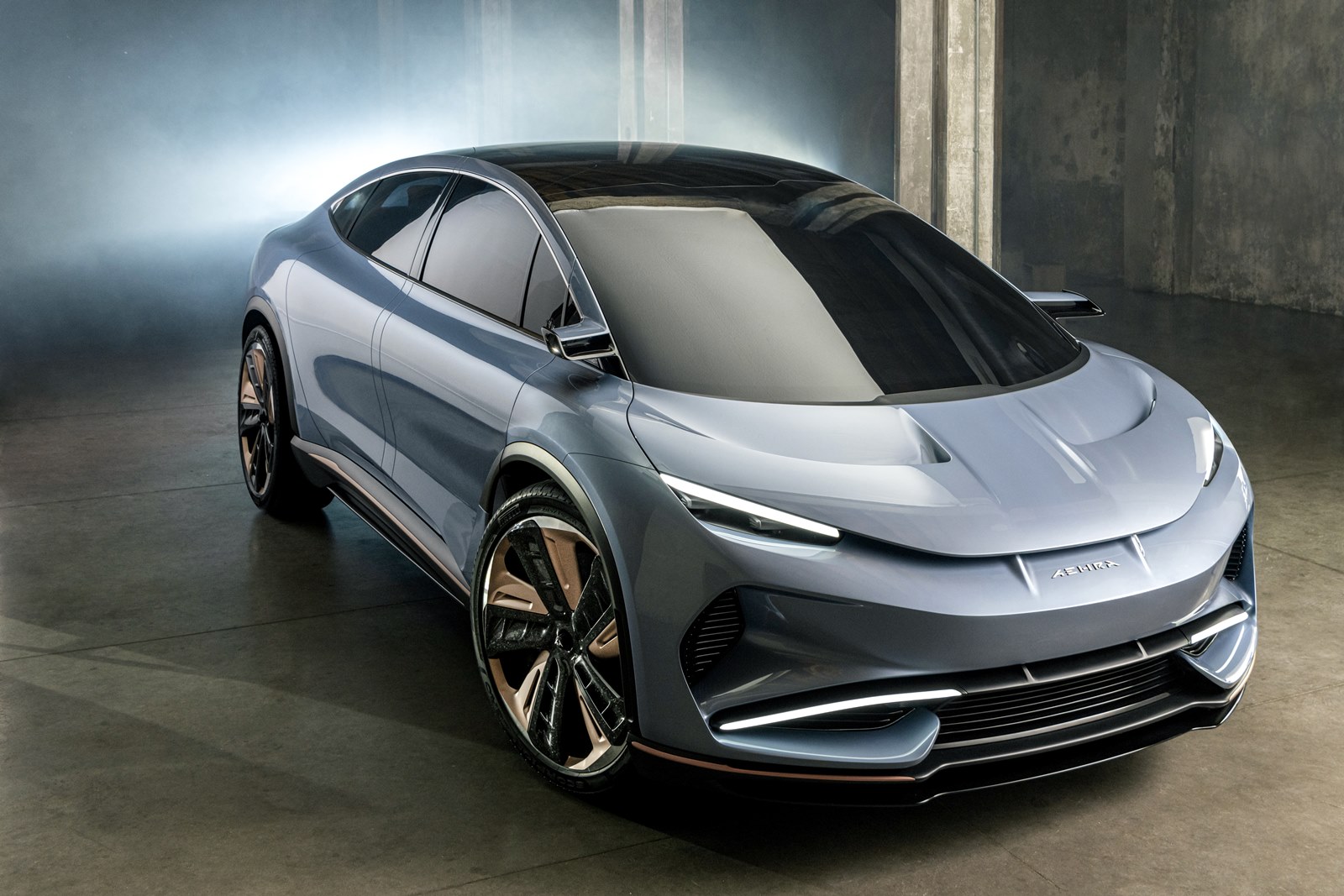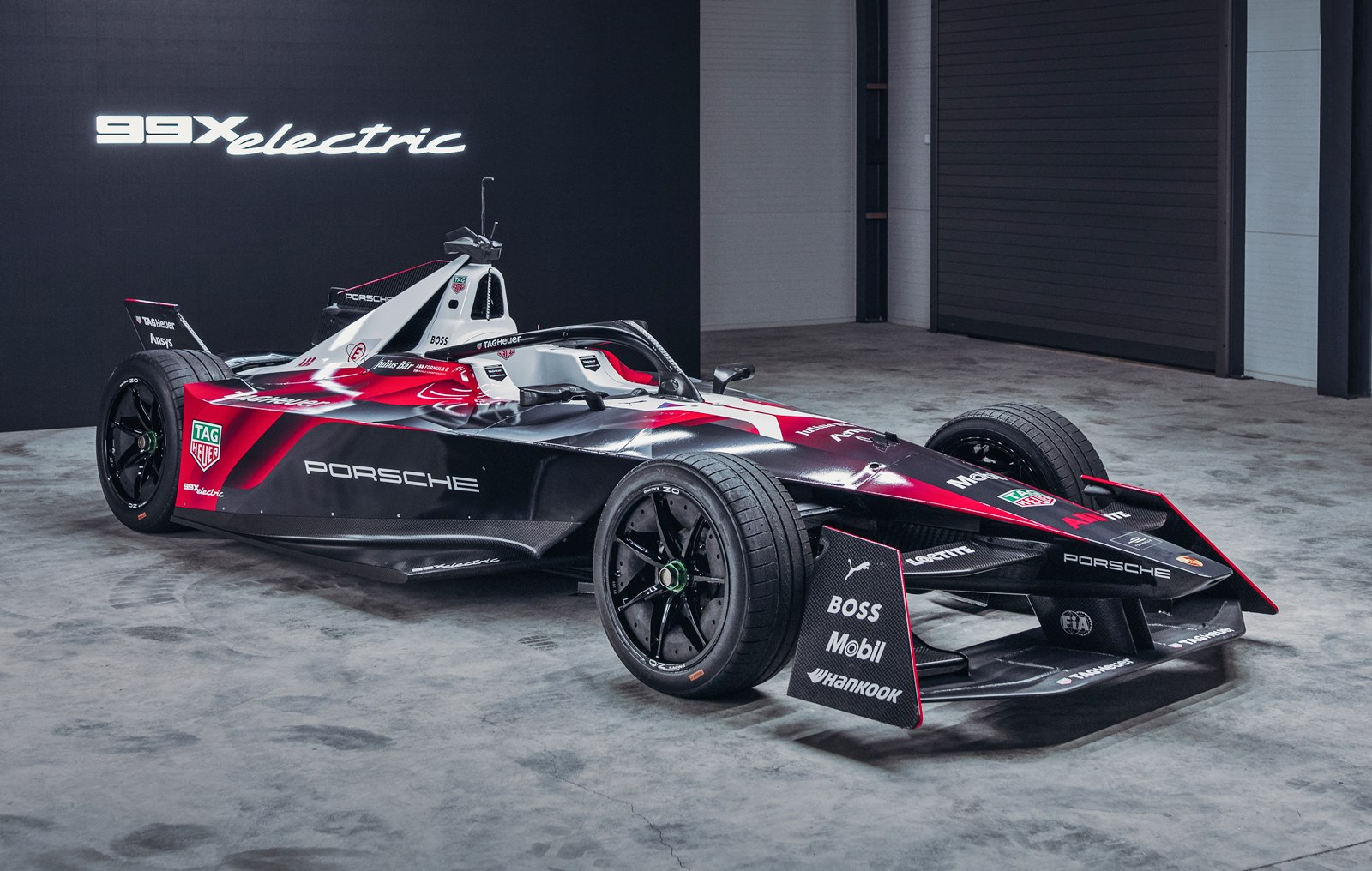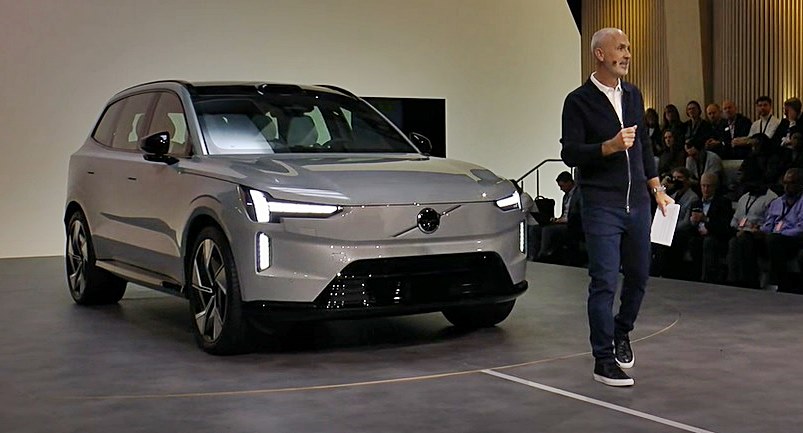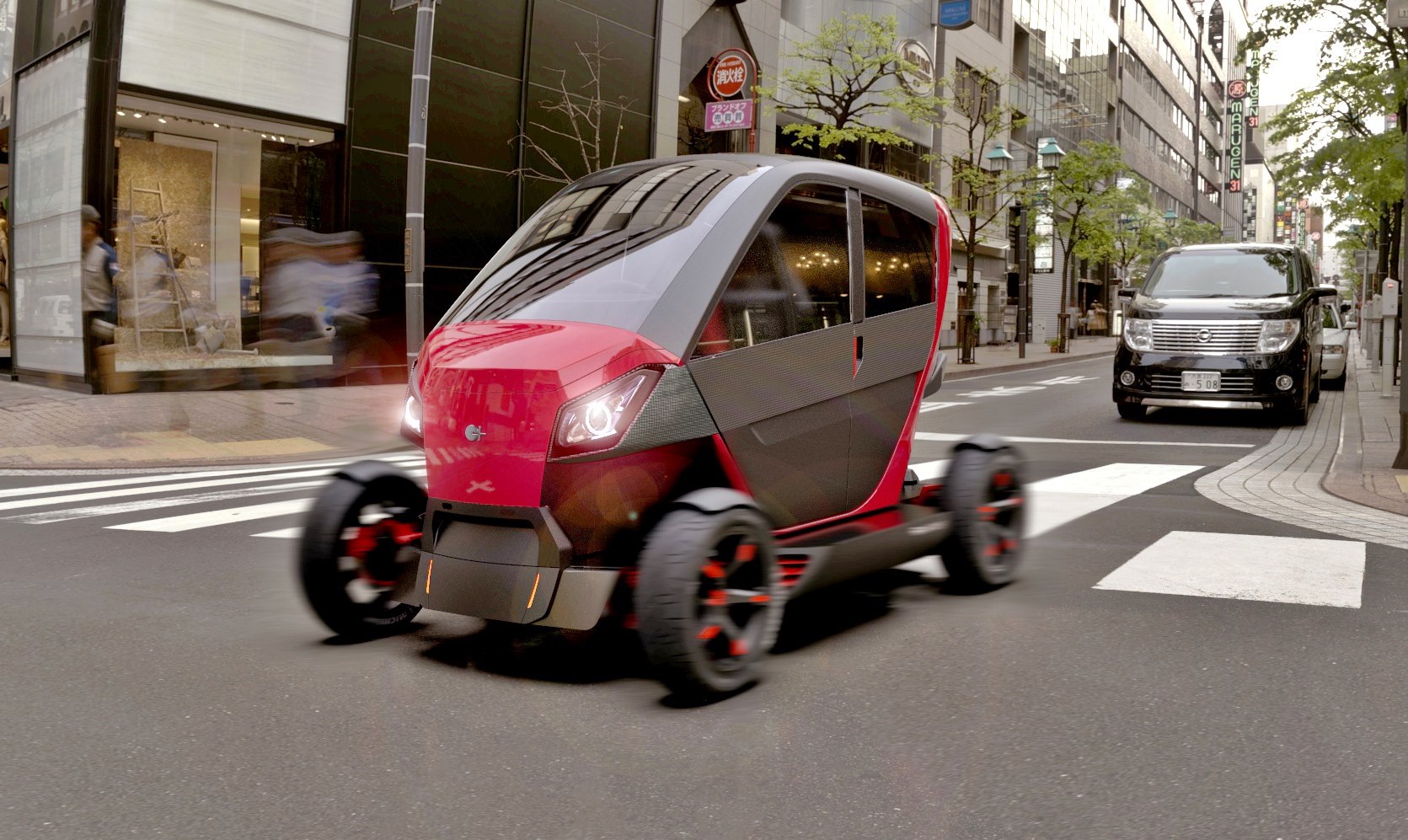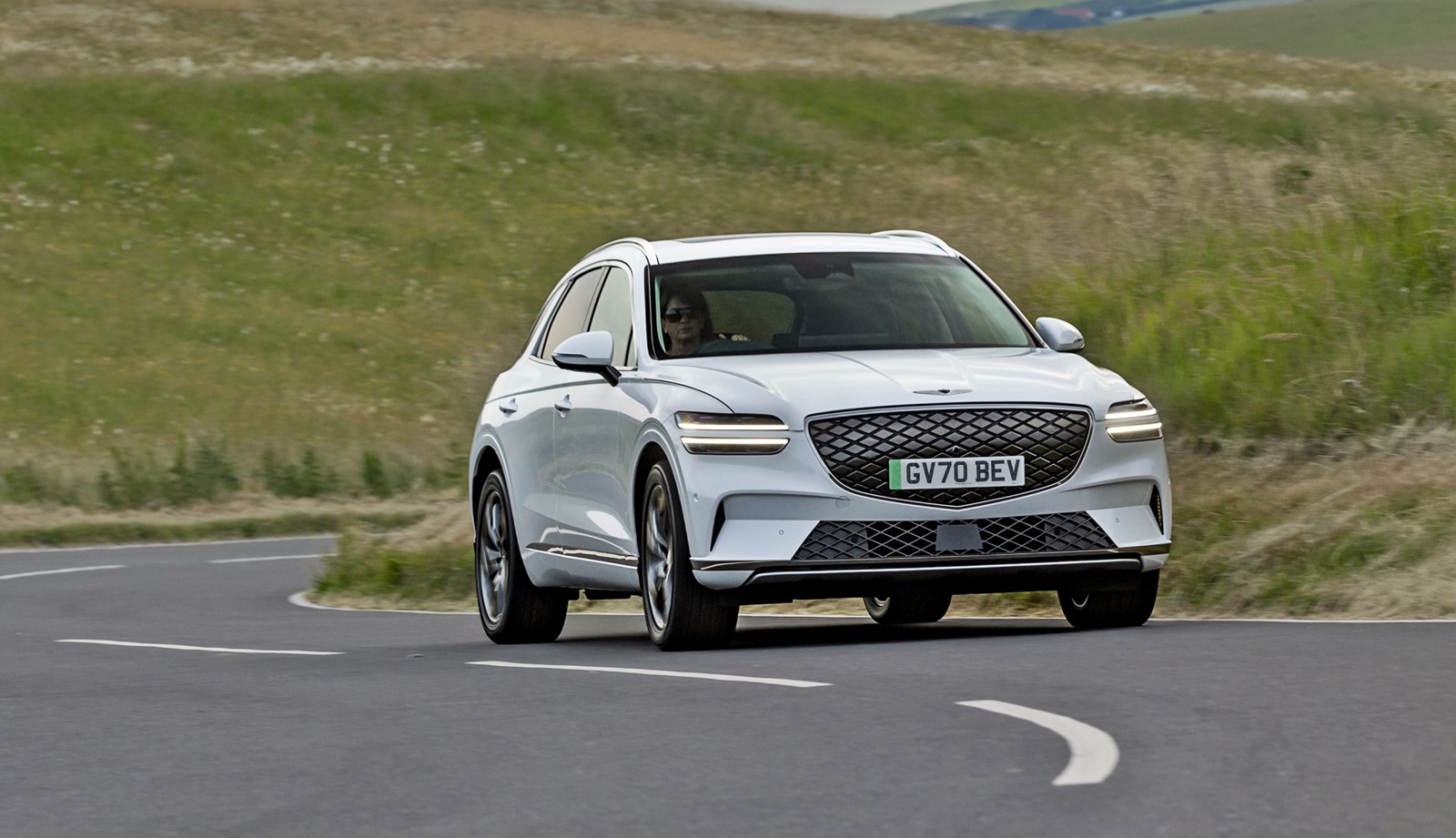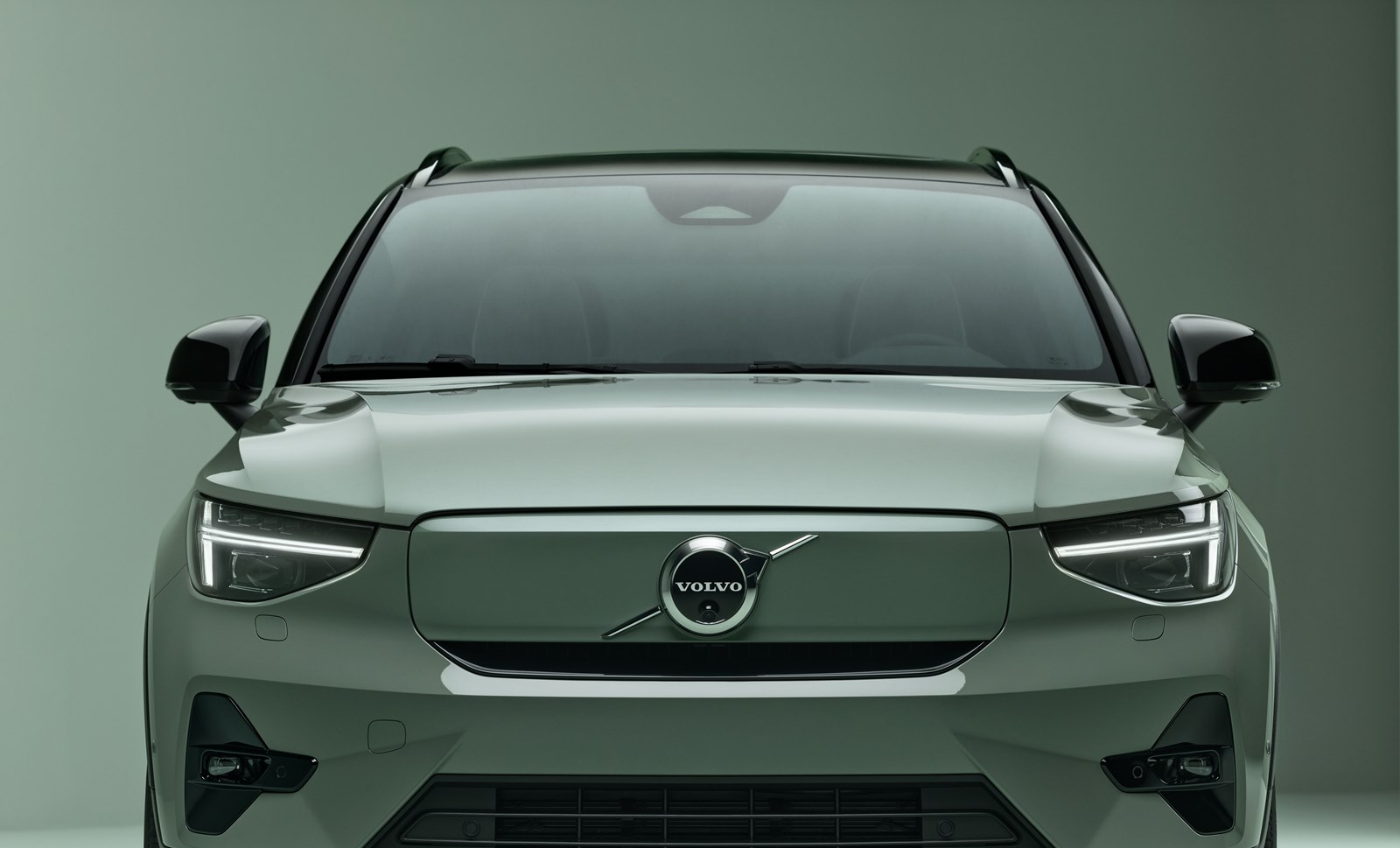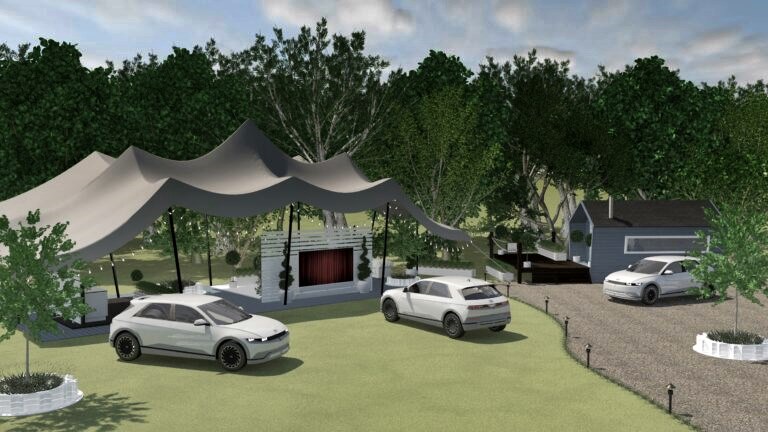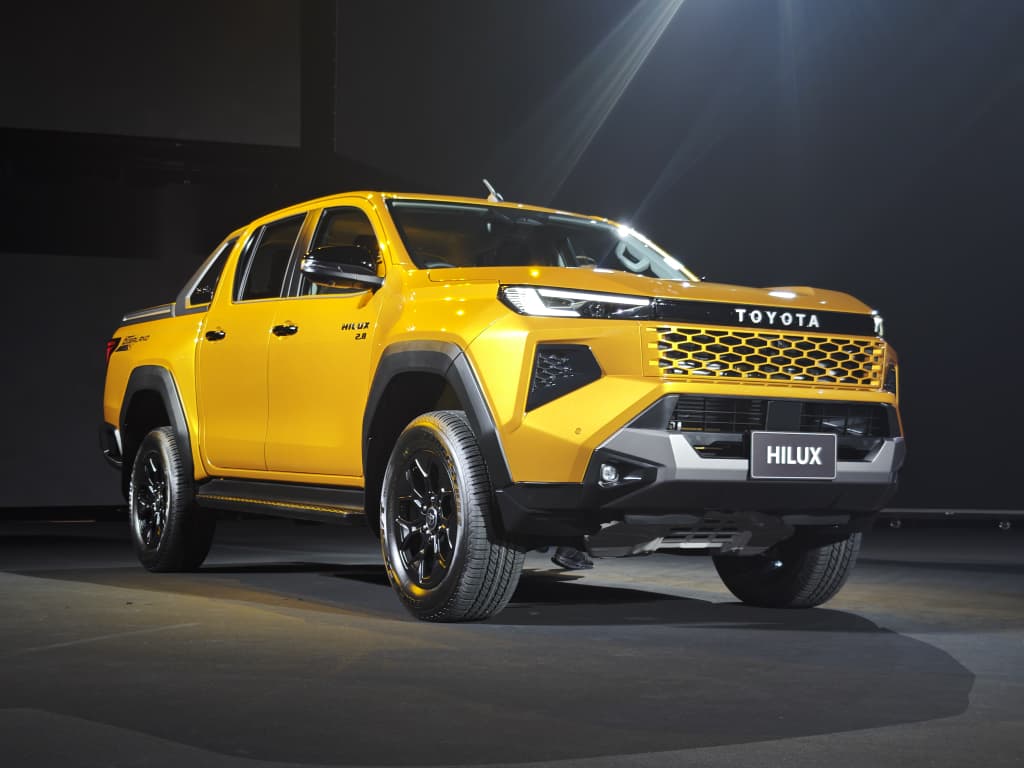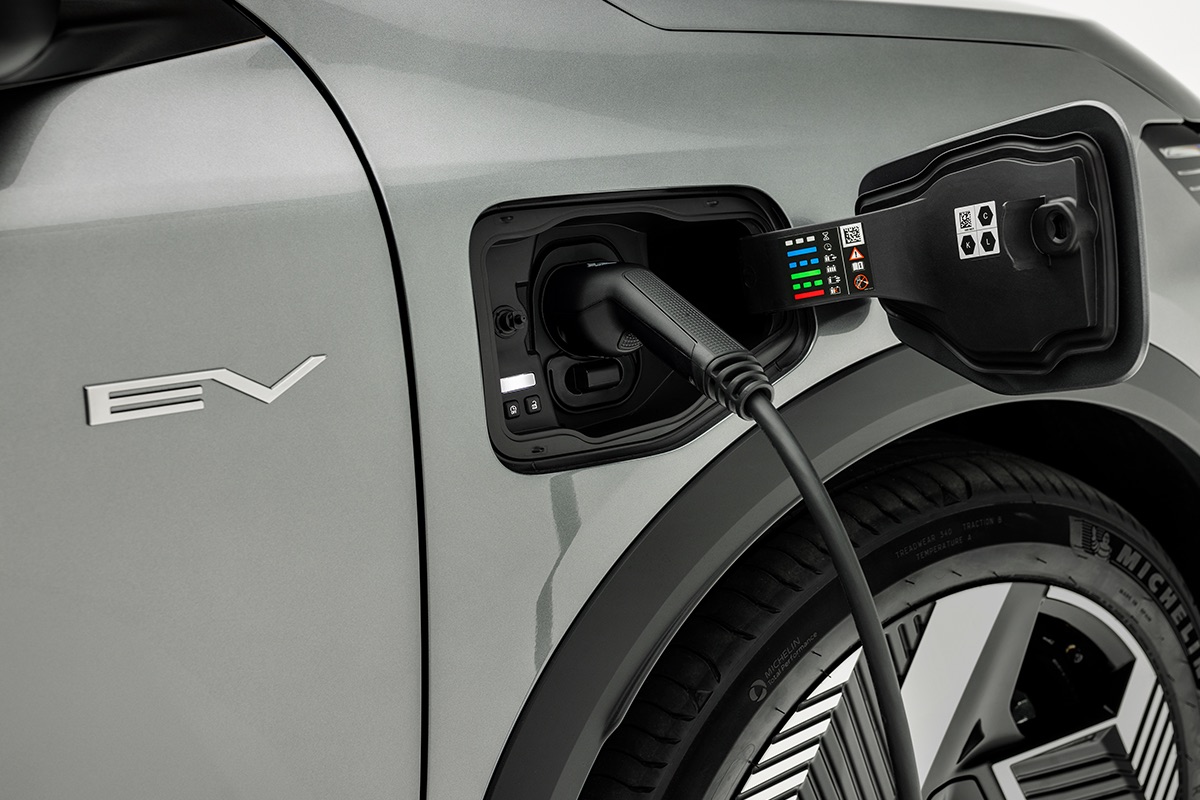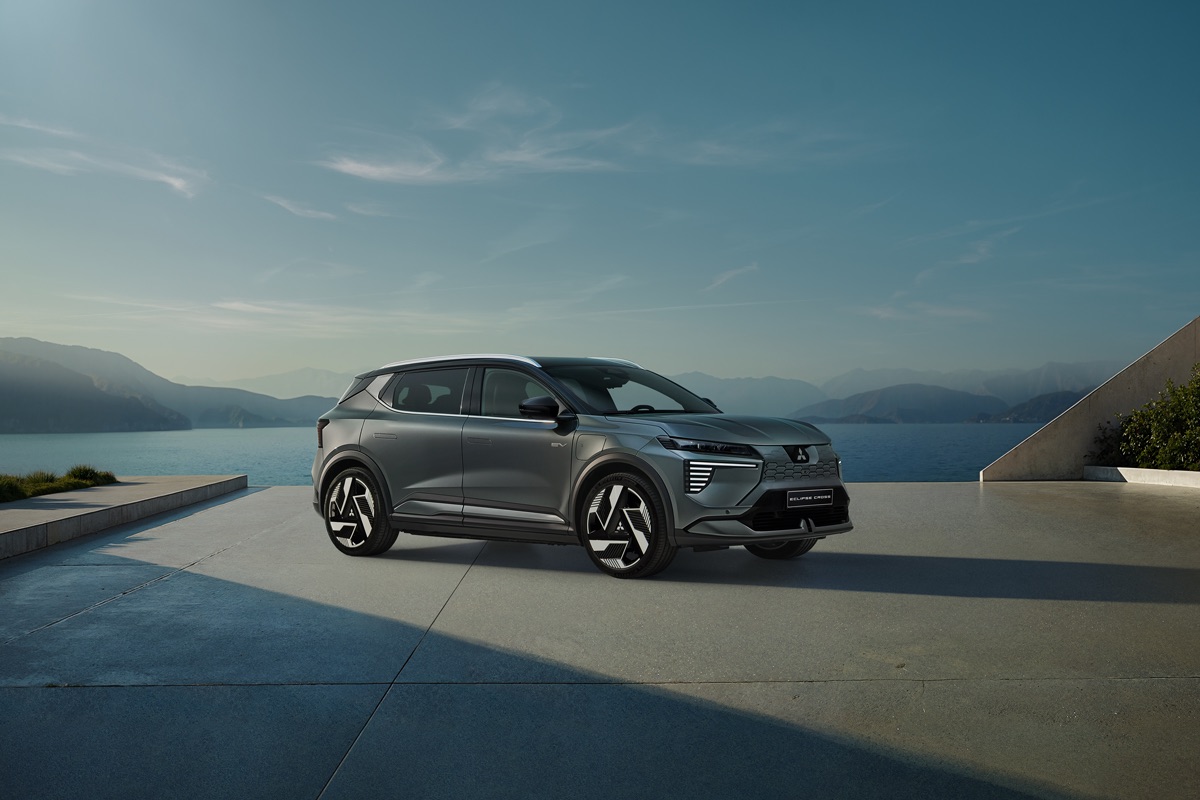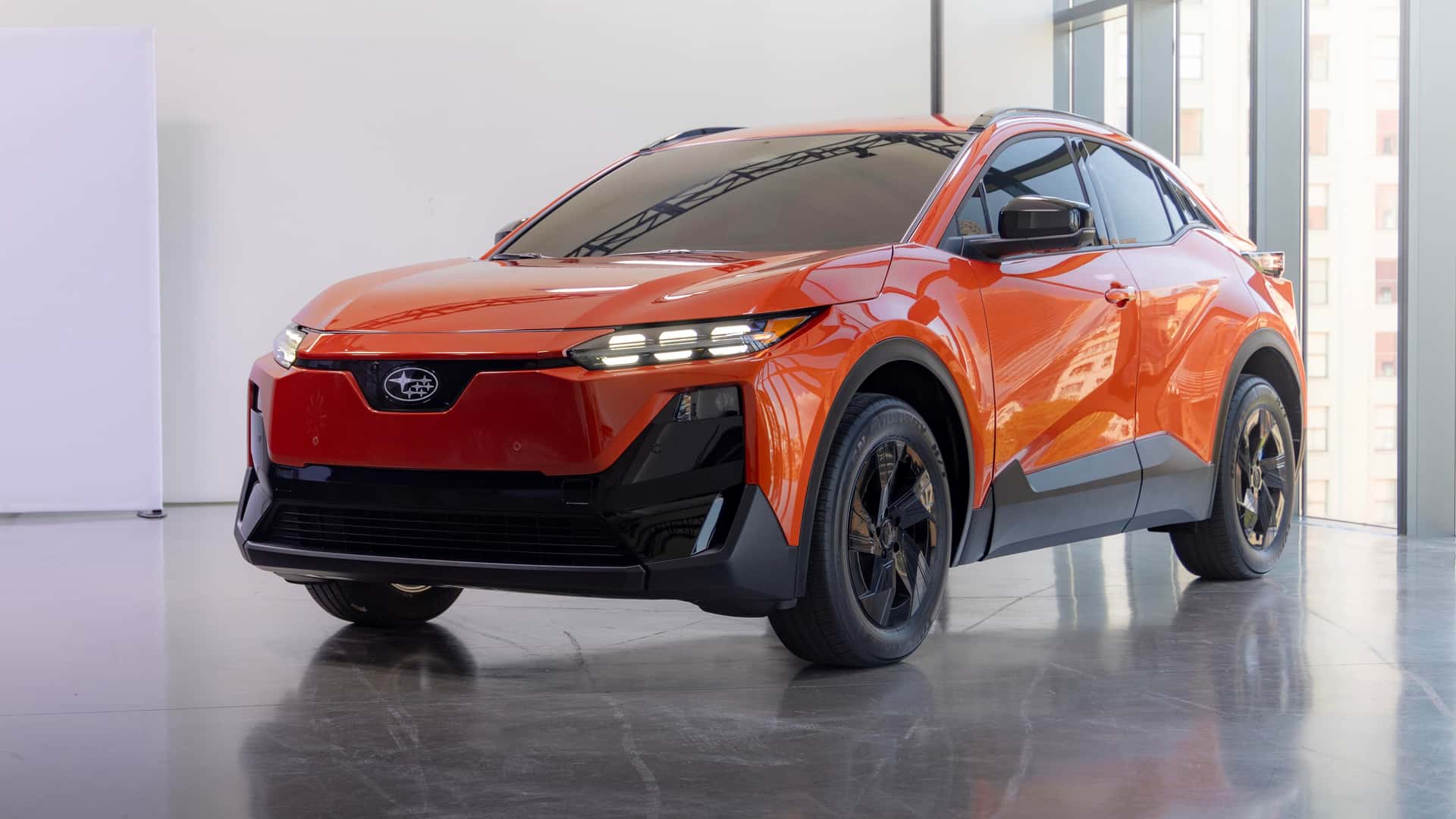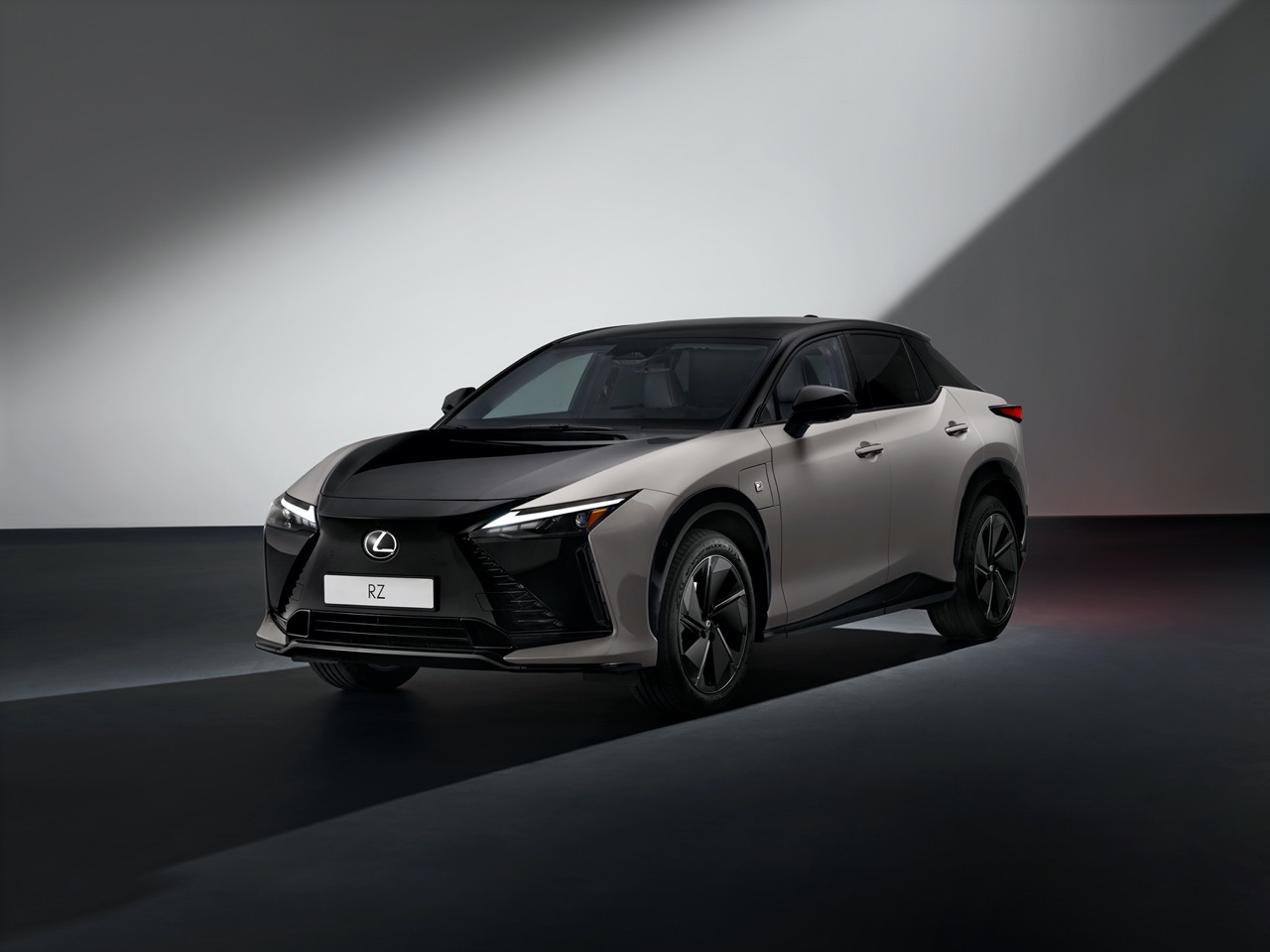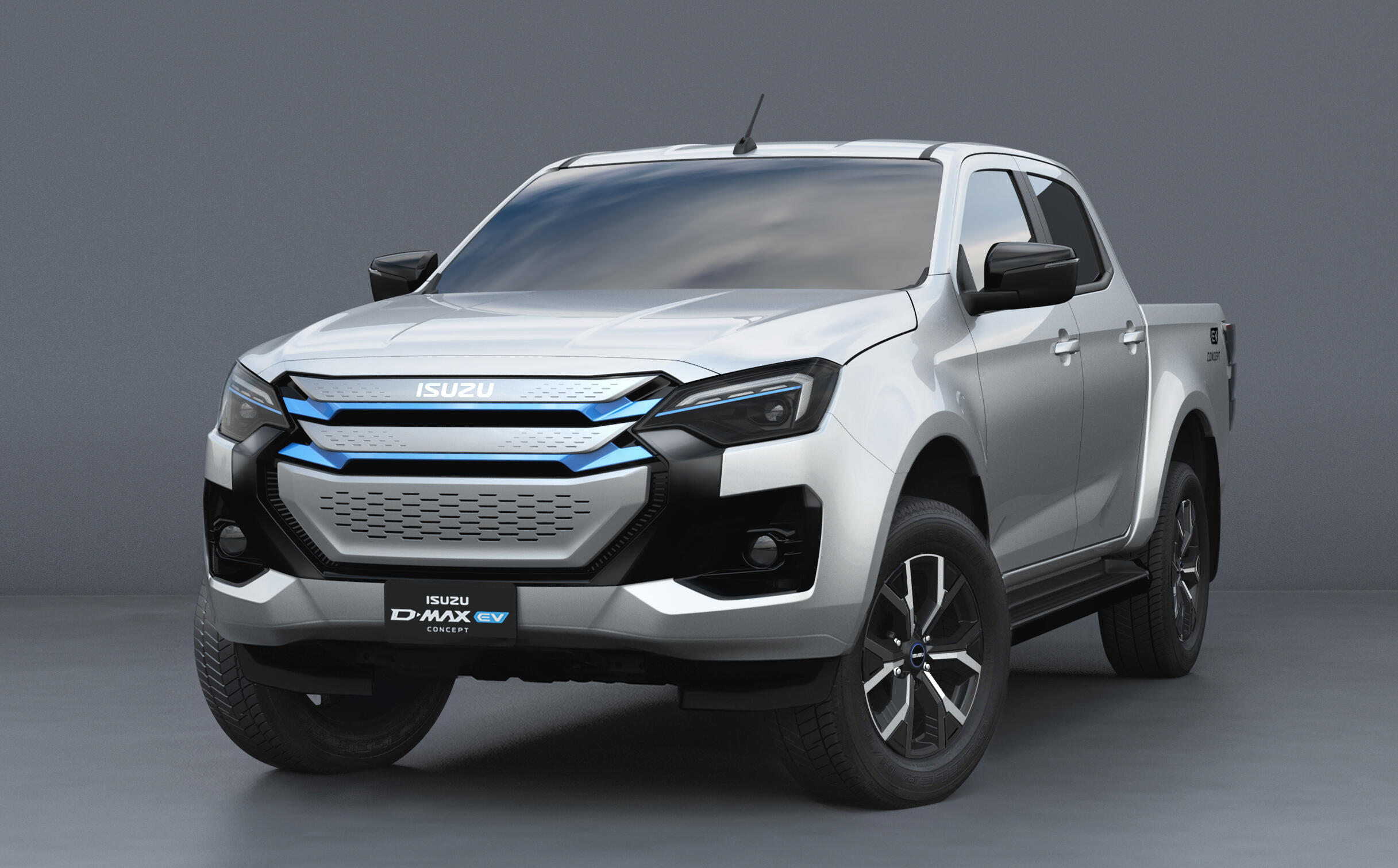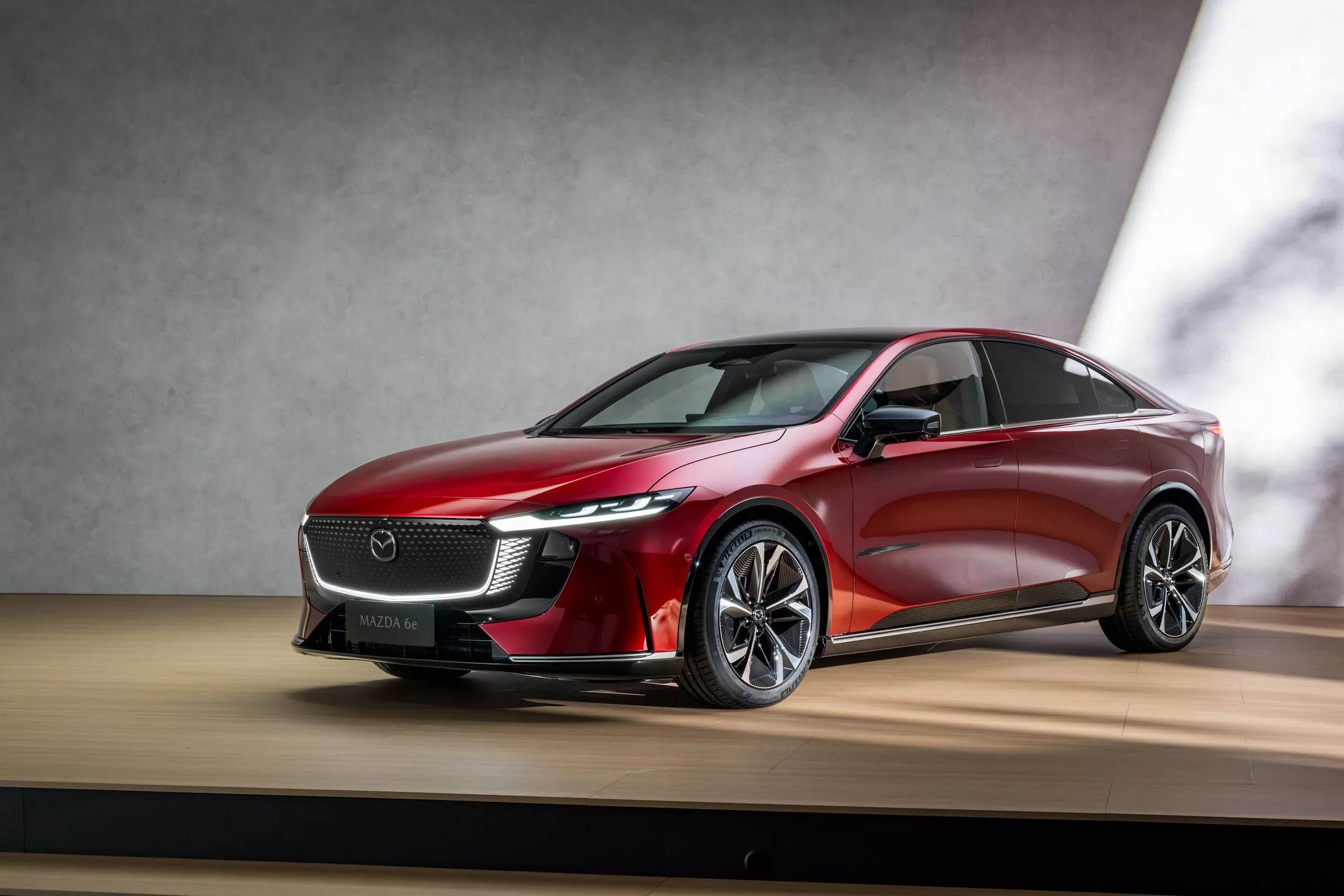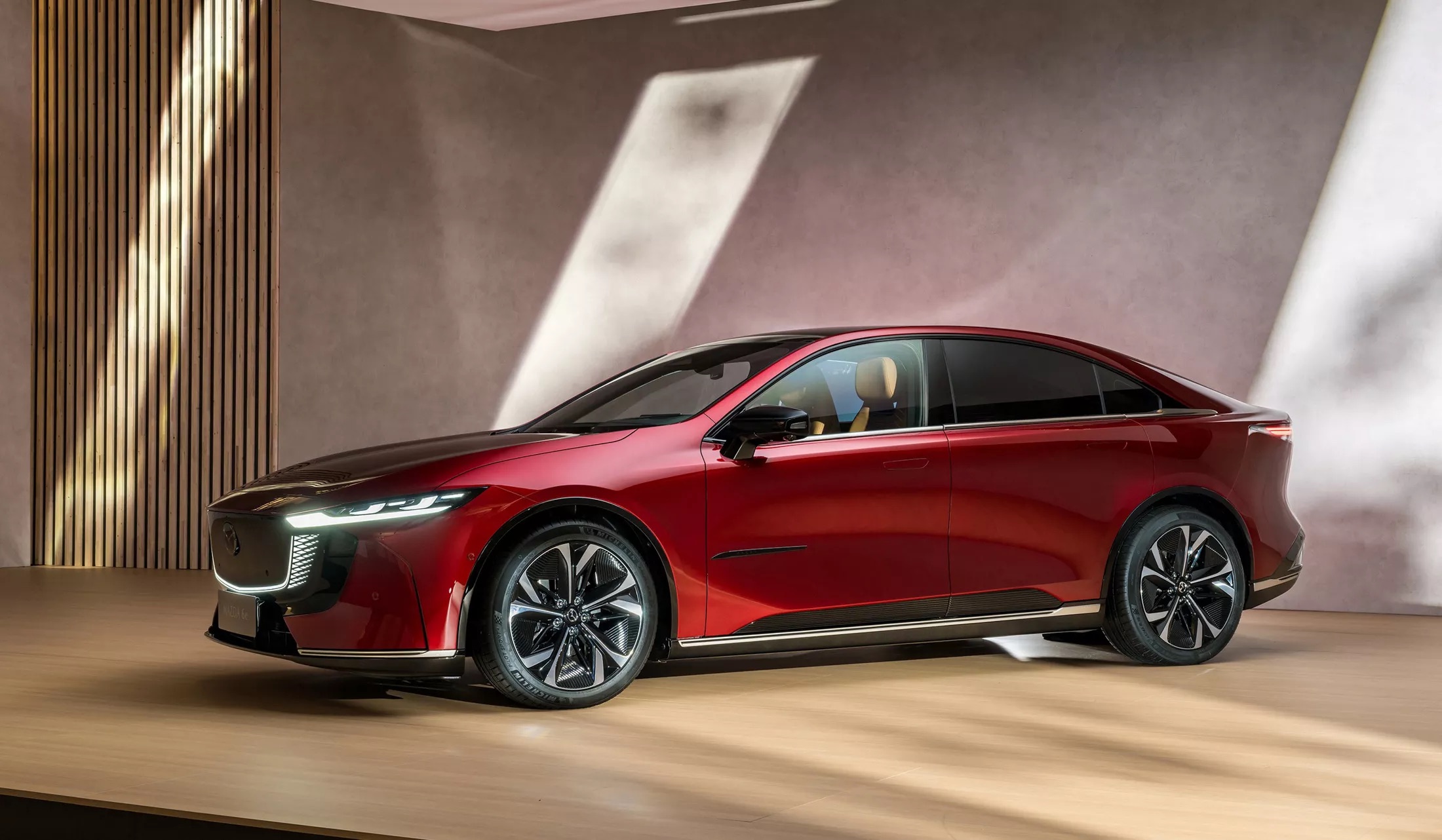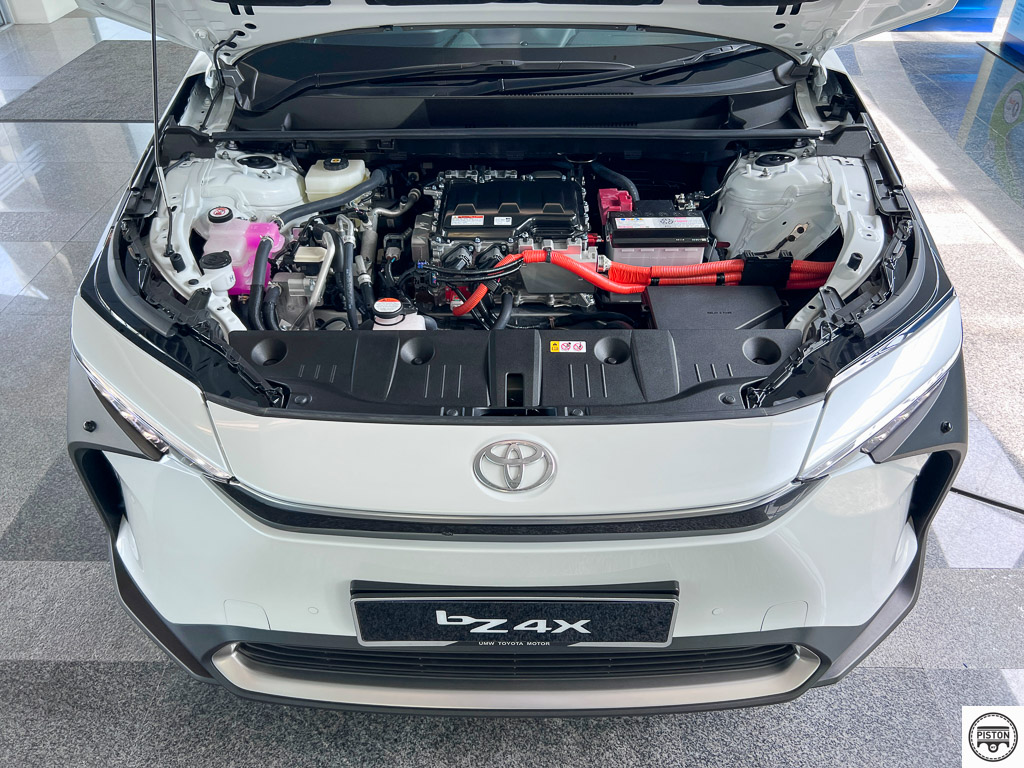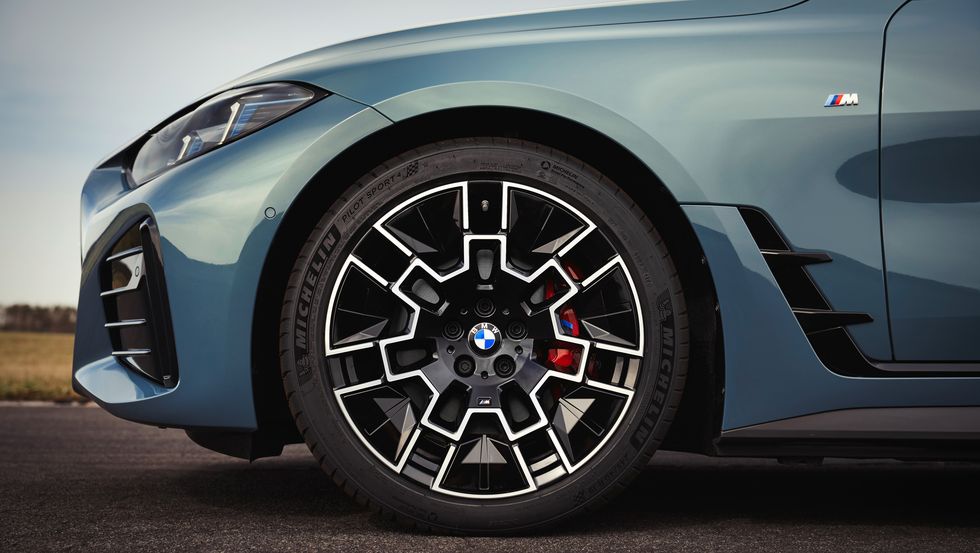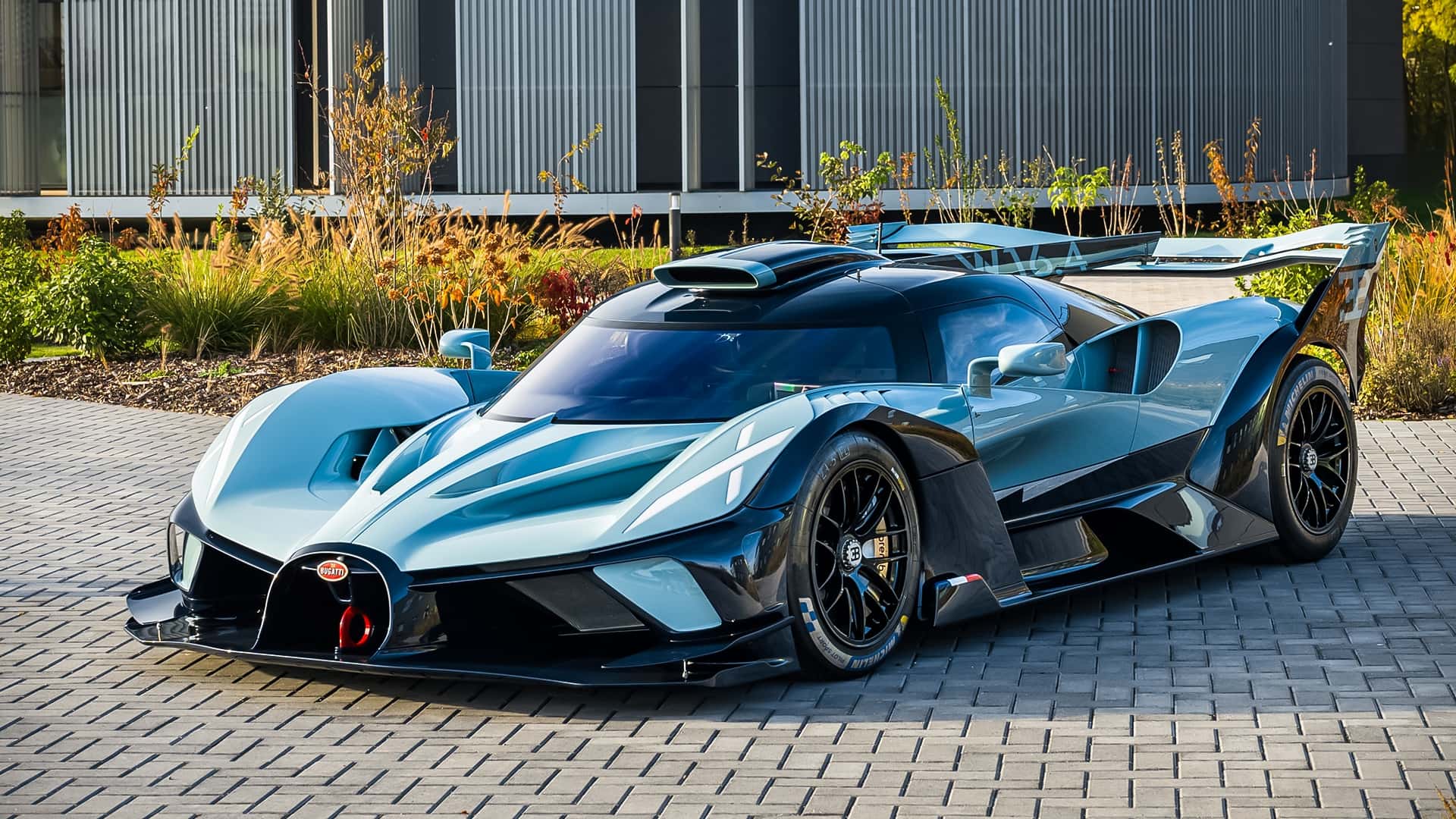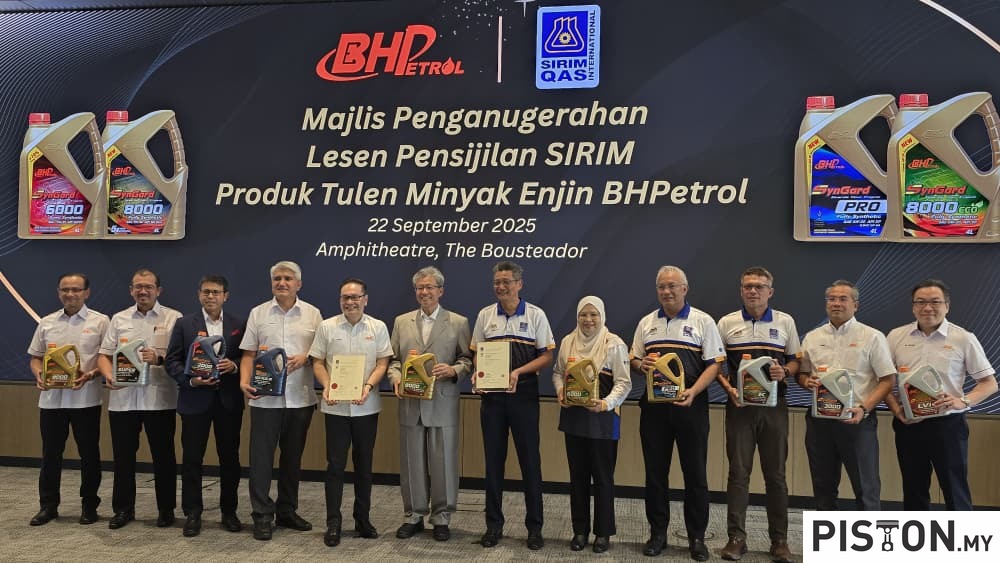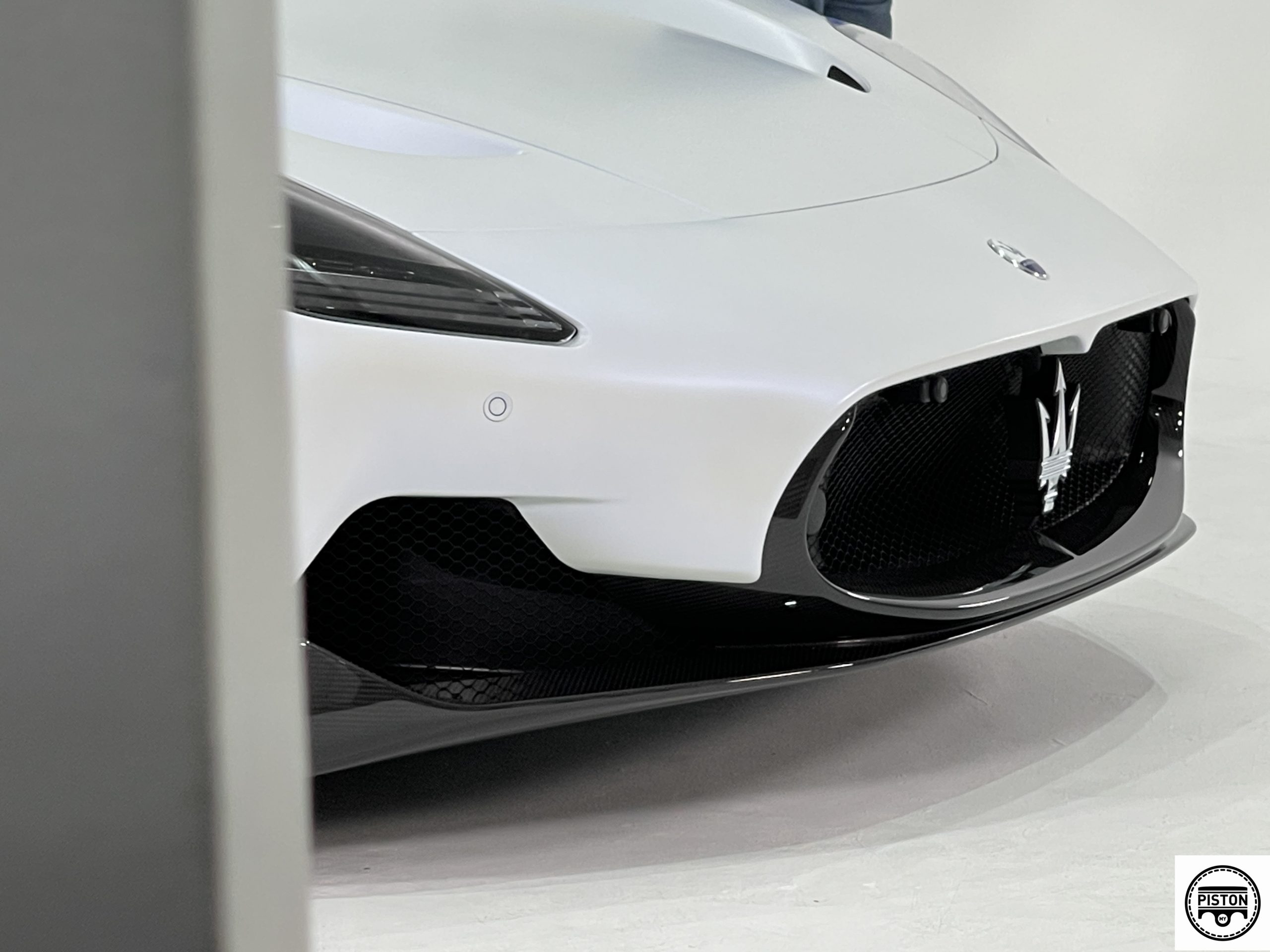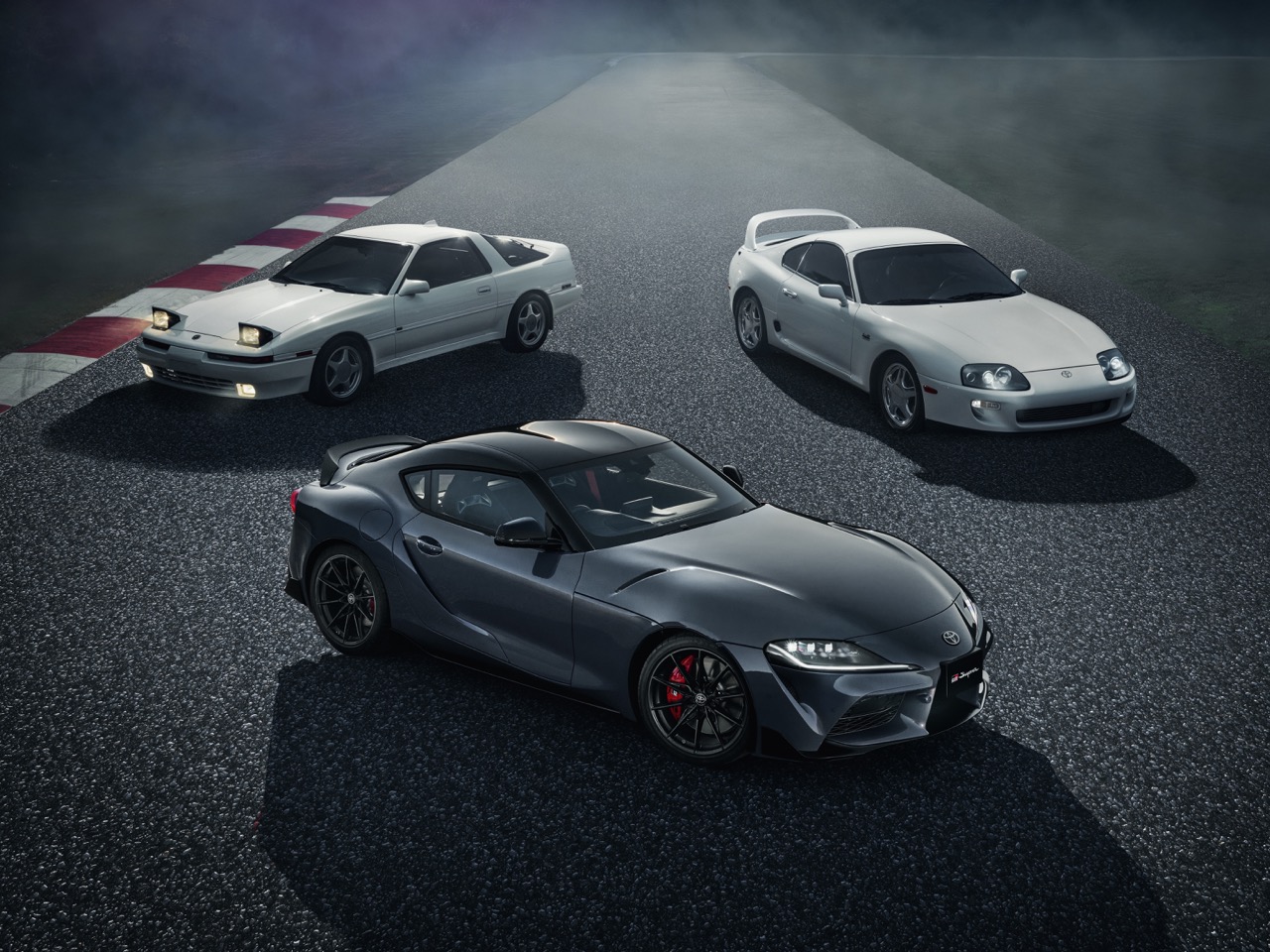Weismann, a German luxury carmaker, was around as far back as 1988 but did not have much visibility. After disappearing for a while due to financial problems, it reappeared in 2016 and announced a plan to develop new models.
The first of these models, which has ‘Project Thunderball’ as its codename, will the world’s first fully electric convertible roadster. A prototype was revealed in May this year, showing much of the exterior and interior design. But technical details were brief, with the company saying that it will have a ‘highly engineered electric powertrain providing breath-taking performance’.
Weismann has now made further progress in the car’s development and has validated the various systems to be confident to talk about them. The 2-seater rear-wheel drive will have twin rear-mid mounted electric motors delivering up to 500 kW (680 ps) and 1,100 Nm of torque, with claimed 0 to 100 km/h time of 2.9 seconds.
(more…)
